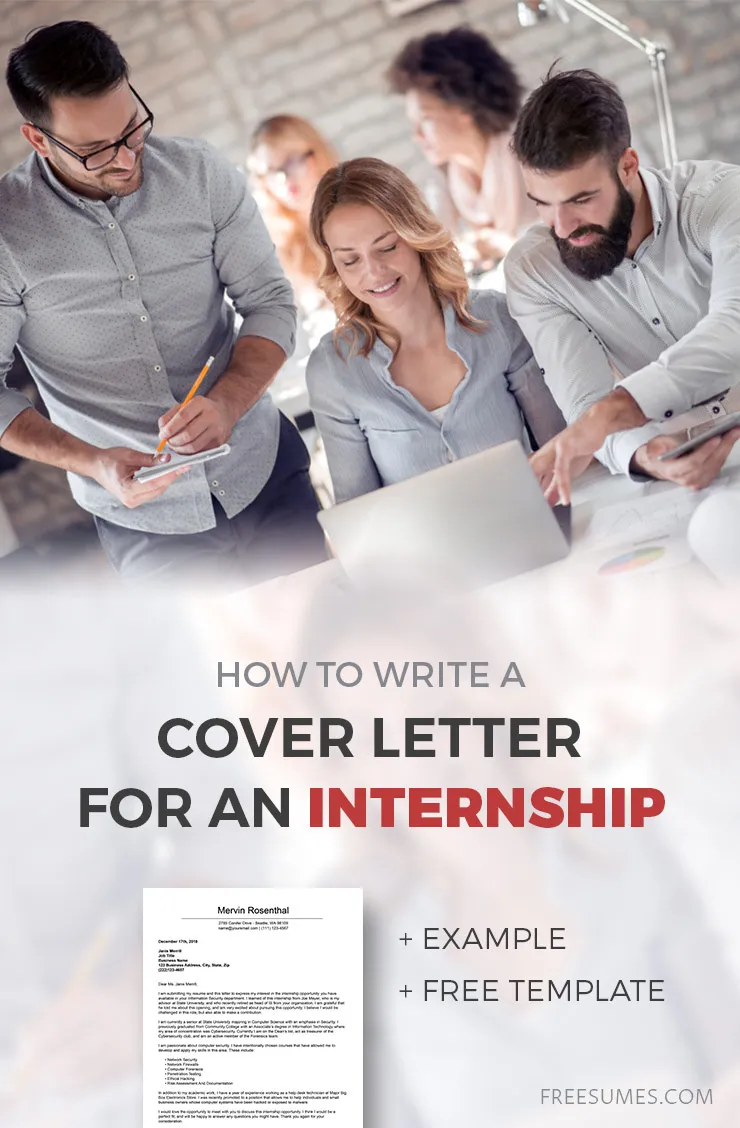Crafting a Cover Letter for Internship
A compelling cover letter is your initial introduction to a potential employer and a crucial component of your internship application. It’s your opportunity to highlight your enthusiasm, relevant skills, and how you can contribute to the company. A well-written cover letter can significantly increase your chances of landing an interview. It’s more than just a formality; it’s a strategic tool that allows you to showcase your personality and professional aspirations, setting you apart from other candidates. In a competitive job market, a meticulously crafted cover letter can be the deciding factor in whether you secure your dream internship or not. Understanding the purpose and structure of a cover letter is the first step toward crafting an impactful document that helps you stand out from the crowd.
Researching the Internship
Before you even begin writing, thorough research is paramount. Understand the company’s mission, values, and recent projects. Visit their website, explore their social media presence, and read news articles or industry publications related to the company. Knowing the organization’s culture and the specific role you are applying for allows you to tailor your cover letter effectively. This research helps you align your skills and experiences with the company’s needs. Understanding the internship’s objectives, responsibilities, and required qualifications is essential. It also demonstrates your genuine interest and proactive approach, which can impress potential employers. Tailoring your cover letter demonstrates your genuine interest and shows that you’ve taken the time to learn about the opportunity and the company, which increases your chances of a positive response.
Understanding the Internship’s Requirements
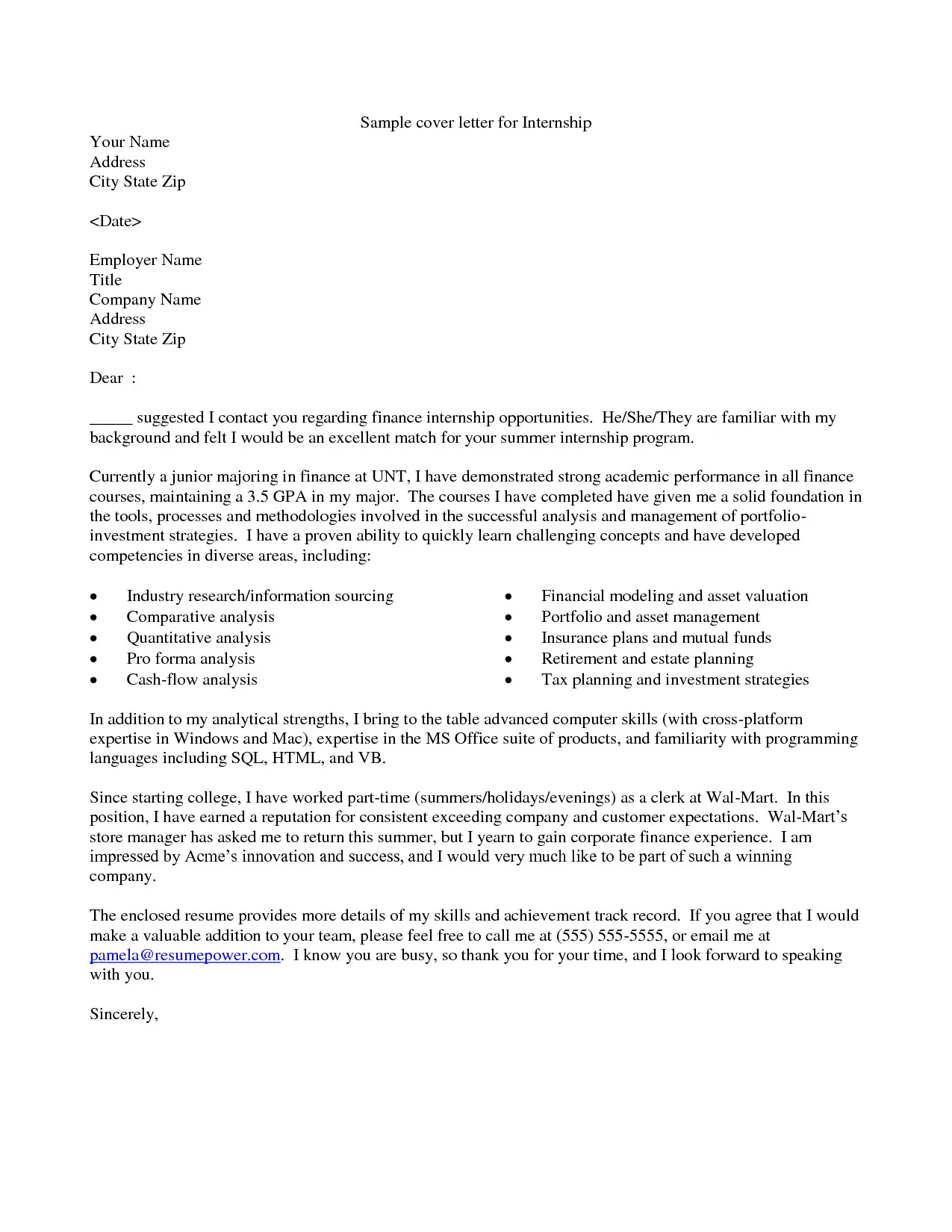
Carefully review the internship description, paying close attention to the required skills, qualifications, and any specific instructions. Identify the key requirements and keywords used in the job posting. This understanding will guide you in highlighting the most relevant aspects of your skills and experiences in your cover letter. By addressing these requirements, you demonstrate that you have the skills and knowledge necessary for the position. Analyzing the job description allows you to anticipate what the employer is looking for in an ideal candidate, ensuring you can effectively showcase your value and increase your chances of securing the internship opportunity. Addressing specific requirements makes your application more relevant.
Highlighting Relevant Skills
Identify the skills and abilities that align with the internship’s requirements. These can include technical skills (e.g., programming languages, data analysis), soft skills (e.g., communication, teamwork, problem-solving), and any other relevant expertise. Provide specific examples of how you have used these skills in previous experiences, academic projects, or extracurricular activities. Quantify your accomplishments whenever possible, using data to demonstrate the impact of your skills. Tailor the skills you highlight to the specific internship. If the internship involves data analysis, emphasize your proficiency in relevant software and data interpretation. Present your skills in a clear, concise, and engaging manner, highlighting what you have to offer and ensuring your cover letter is informative, detailed, and compelling.
Showcasing Academic Achievements
Include your academic achievements that are relevant to the internship. This can include your major, GPA (if it is high), relevant coursework, and any academic awards or honors. Mention any projects or research you have completed that relate to the internship’s field. Briefly describe your contributions and the outcomes of your academic endeavors. Focus on the skills and knowledge gained through these academic experiences. Highlighting your academic achievements demonstrates your ability to excel in a structured learning environment and your commitment to your field of study. By showcasing your academic strengths, you add credibility and enhance your application. It provides further proof of your dedication to your studies.
Demonstrating Leadership and Teamwork
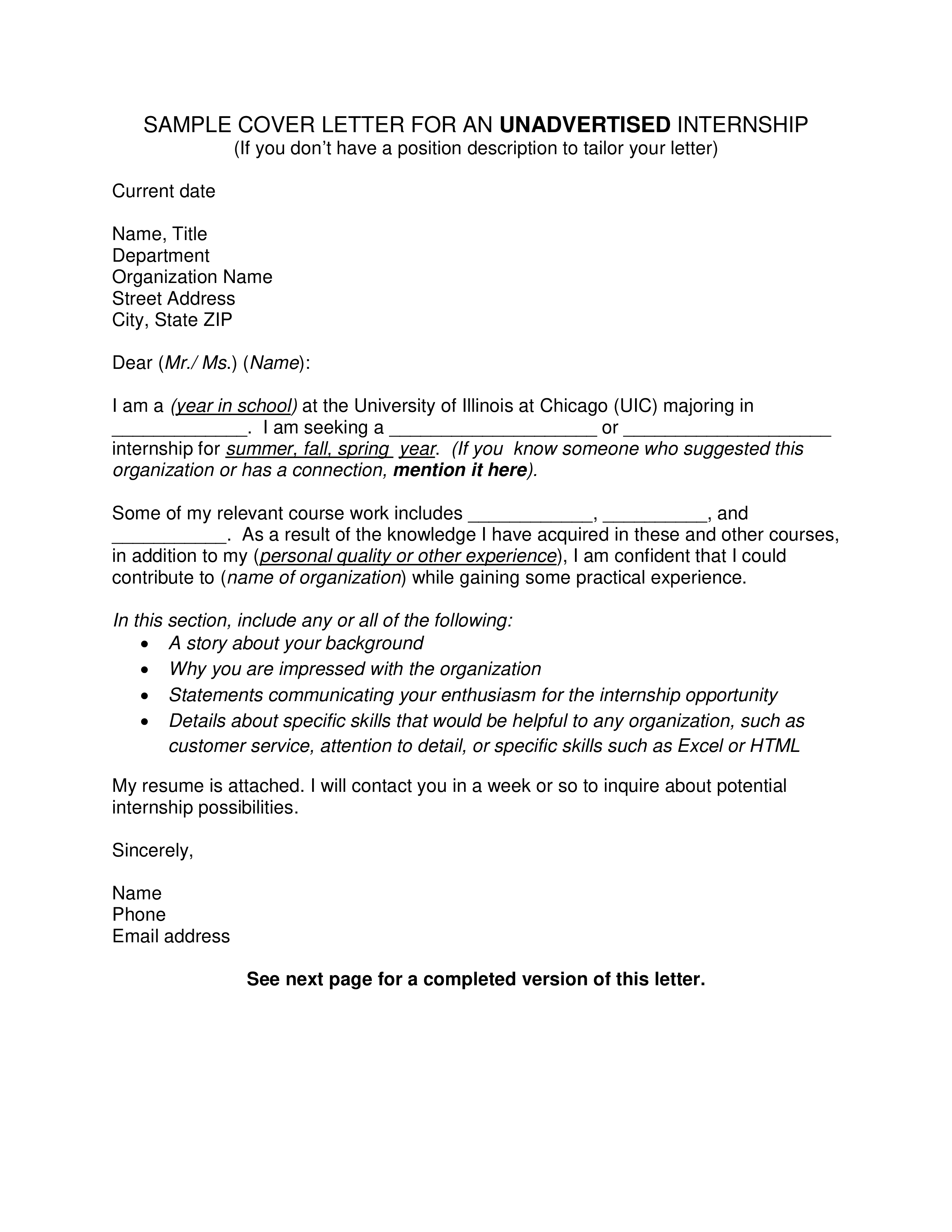
Provide examples of your leadership and teamwork experiences. This can include participation in clubs, organizations, or sports teams. Describe your roles, responsibilities, and contributions to the team. If you have led projects, outline your leadership style and the results you achieved. Highlight instances where you have worked collaboratively and successfully. Demonstrating your ability to work well with others and lead projects showcases your interpersonal skills and potential for success in a professional setting. These skills are highly valued by employers, as teamwork and leadership are essential for collaborative projects. Showcase these attributes with concrete examples.
Emphasizing Relevant Experiences
Detail your previous experiences, including internships, part-time jobs, volunteer work, or extracurricular activities that relate to the internship you’re applying for. Describe your responsibilities, skills used, and accomplishments in each role. Quantify your achievements whenever possible. If you have experience in a similar field, highlight how your skills and knowledge will be transferable to the internship. Even if your experience isn’t directly related, emphasize the skills you’ve gained and how they align with the internship’s requirements. Show how your prior experiences have prepared you for the internship and contributed to your growth.
Structuring Your Internship Cover Letter
Organizing your cover letter in a clear, logical manner is crucial for readability and impact. Start with a strong opening paragraph that captures the reader’s attention and states your interest in the internship. Use body paragraphs to highlight your skills, experiences, and qualifications. The closing paragraph should summarize your key strengths and express your enthusiasm for the opportunity. Use a professional tone and avoid jargon. Follow the standard structure for a cover letter to ensure a cohesive and easy-to-read document. An organized cover letter demonstrates your professionalism and attention to detail, both of which are vital for creating a positive impression.
Header and Contact Information
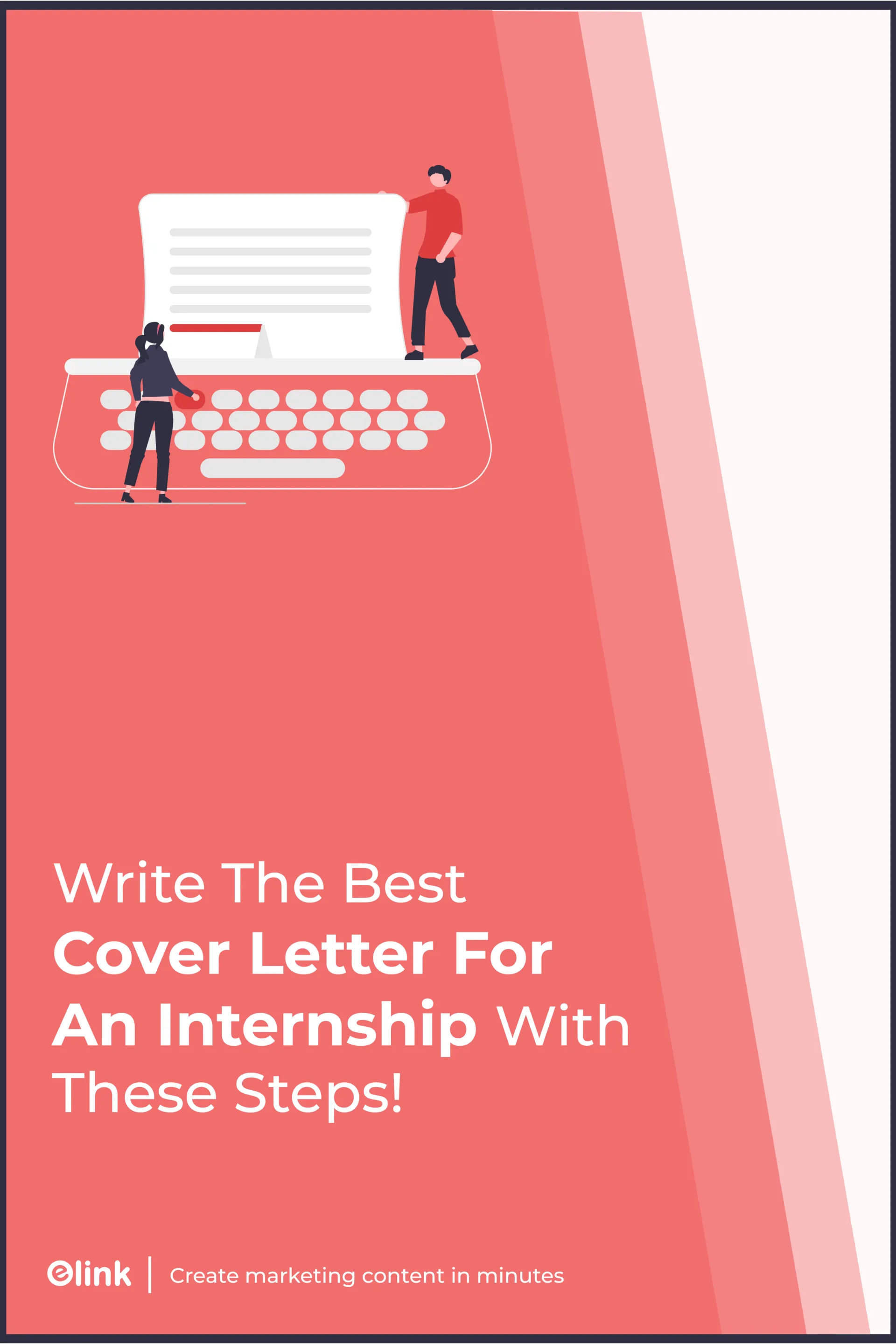
Start with a professional header that includes your full name, contact information (phone number, email address, and LinkedIn profile URL), and the date. Include the employer’s or hiring manager’s name, title, and company address. Ensure that your contact information is accurate and up-to-date, as this is how the employer will reach you. By using a professional header, you immediately project an image of organization and attention to detail. If you are applying through an online portal, the header format should be consistent. Make sure your contact information is easily visible and professional looking.
Addressing the Hiring Manager
Address the hiring manager by name whenever possible. Research the name of the hiring manager. If you are unable to find the hiring manager’s name, use a formal salutation such as “Dear Hiring Manager” or “Dear [Department Name] Team.” Avoid generic greetings, as they can appear impersonal. Addressing the letter to a specific person indicates that you’ve put in the effort to learn about the company. A personalized greeting shows your initiative and professionalism, creating a positive first impression.
Opening Paragraph Grabbing Attention
Start your cover letter with a compelling opening paragraph that grabs the reader’s attention. Clearly state the position you are applying for and how you learned about the internship opportunity. Express your enthusiasm for the company and the internship. Highlight one or two key skills or experiences that make you a strong candidate. The goal is to make an immediate impact and encourage the reader to continue reading. A strong opening creates a positive first impression and motivates the reader to learn more about your qualifications. Be concise and enthusiastic in the opening paragraph.
Body Paragraphs Highlighting Skills
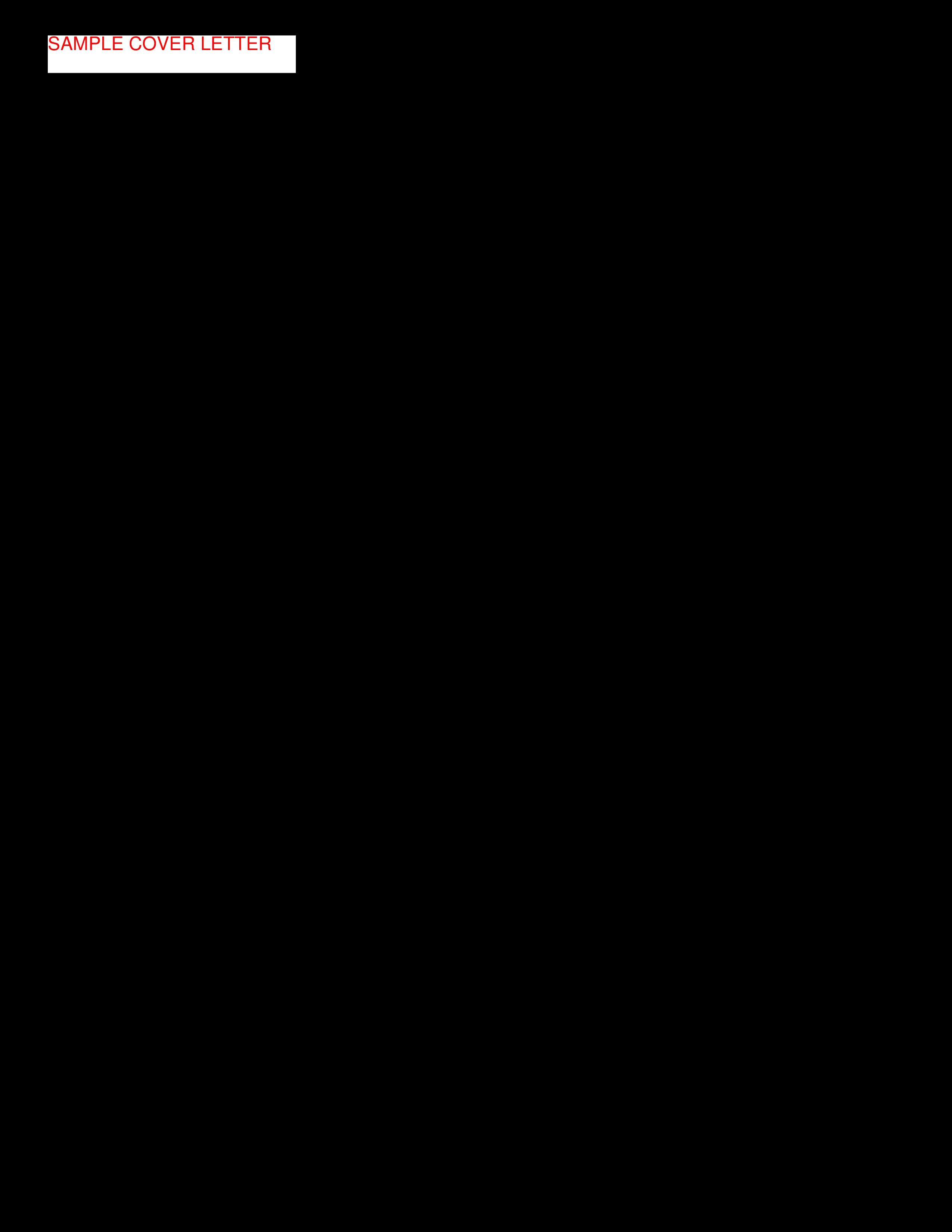
The body paragraphs should provide details about your qualifications. Describe your relevant skills, experiences, and accomplishments. Use specific examples to support your claims and quantify your achievements whenever possible. Connect your skills and experiences to the internship’s requirements. Elaborate on what you have to offer to the company and how you can contribute to the team. Focus on the most relevant experiences, and showcase your qualifications in a clear, concise manner, tailoring your experiences to the role.
Closing Paragraph and Call to Action
Summarize your key qualifications and reiterate your interest in the internship in the closing paragraph. Express your enthusiasm for the opportunity and thank the reader for their time and consideration. Include a call to action, such as expressing your availability for an interview. End with a professional closing, such as “Sincerely” or “Best regards,” followed by your name. A strong closing paragraph reinforces your interest and leaves a positive lasting impression. It prompts the reader to take the next step and consider your application.
Formatting and Proofreading Your Cover Letter
Formatting and proofreading are critical steps in the cover letter writing process. Ensure that your cover letter is well-formatted, easy to read, and free of errors. Use clear formatting that enhances readability. Proofread carefully to avoid any typos, grammatical errors, or inconsistencies. Pay close attention to the layout and style. A well-formatted and proofread cover letter demonstrates your professionalism and attention to detail, which are qualities that potential employers value. Taking the time to format and proofread your cover letter increases your chances of making a positive impression.
Formatting for Readability
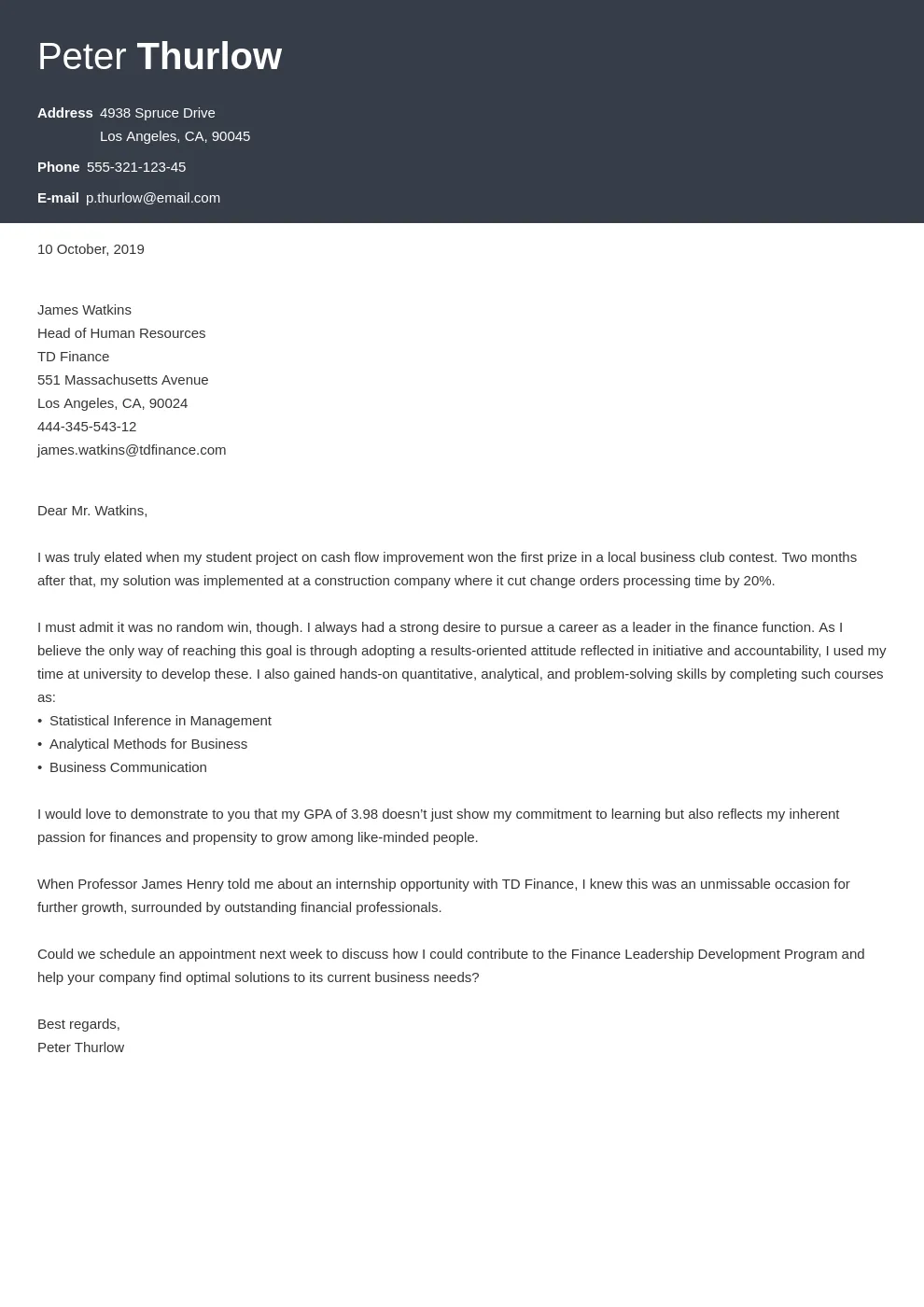
Use a professional font such as Times New Roman, Arial, or Calibri in a readable size (11 or 12 points). Maintain consistent font and spacing throughout the document. Use clear headings and subheadings to organize the content. Use bullet points and short paragraphs to break up large blocks of text. Ensure appropriate margins and spacing to create a clean and organized appearance. A well-formatted cover letter is easy to read and visually appealing, making it easier for the hiring manager to review your qualifications.
Proofreading for Errors
Carefully proofread your cover letter for any errors in grammar, spelling, punctuation, and syntax. Check for consistency in capitalization, punctuation, and formatting. Read your cover letter aloud to catch any awkward phrasing or sentences. Ask a friend, family member, or career advisor to review your cover letter for feedback. Proofreading ensures that your cover letter is error-free, professional, and reflects positively on your attention to detail.
Tailoring Your Cover Letter
Customize your cover letter for each internship application. Use the job description to identify keywords and requirements. Tailor your skills, experiences, and accomplishments to align with the specific needs of the internship. Avoid using a generic cover letter. Customization demonstrates your genuine interest in the internship and your understanding of the company’s needs. It is essential to customize your letter to highlight the qualities that will impress the hiring manager.
Customizing for Each Application
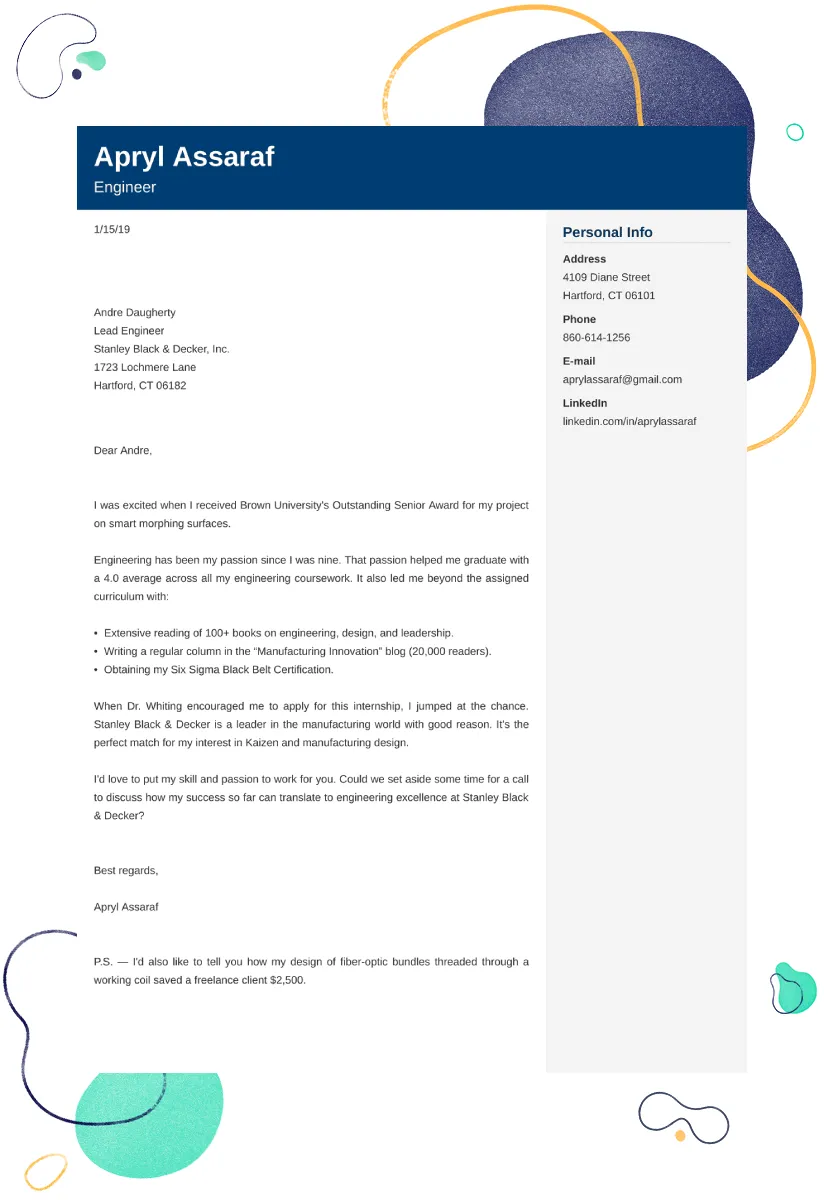
Research each company and internship opportunity to tailor your cover letter. Refer to the specific job description, and include keywords and phrases. Highlight the skills and experiences that align with the internship’s requirements. Demonstrate how you can contribute to the company’s goals. Customizing your application makes it clear that you are genuinely interested in the role and have carefully considered the internship. This level of detail demonstrates your commitment to the opportunity.
Keywords Optimization
Incorporate keywords from the job description throughout your cover letter. Use these keywords naturally within your sentences and paragraphs. Keywords optimization helps your application pass through applicant tracking systems (ATS) and ensures that your cover letter reflects the employer’s needs. Review the job description to identify relevant keywords and phrases. Strategically including keywords enhances your cover letter and increases your chances of being selected for an interview.
Following Up After Submission
Send a thank-you note to the hiring manager or the person who interviewed you. Follow up on your application within a reasonable timeframe, typically one to two weeks after submitting your cover letter and resume, if you don’t hear back. Express your continued interest in the internship and reiterate your qualifications. A thoughtful follow-up demonstrates your enthusiasm and professionalism. By following up, you remind the employer of your application and increase your chances of securing an interview.
